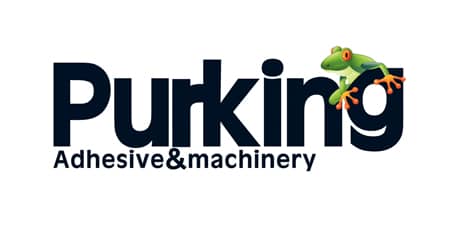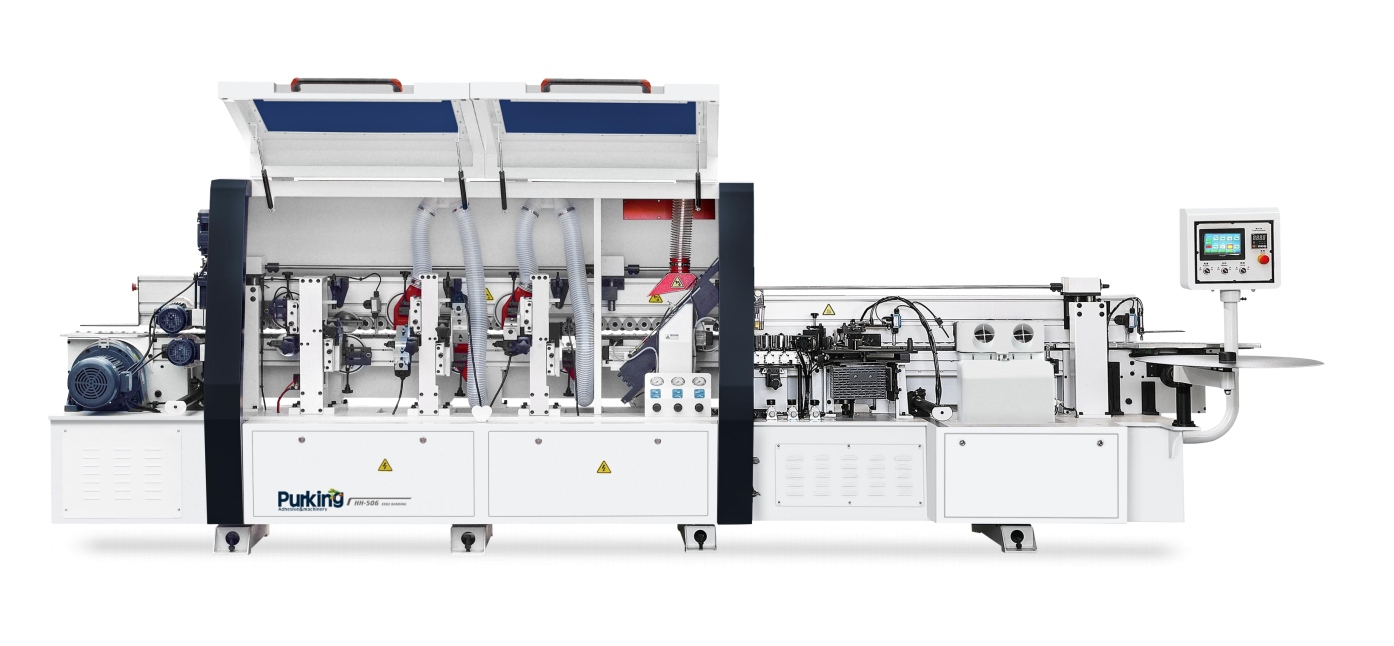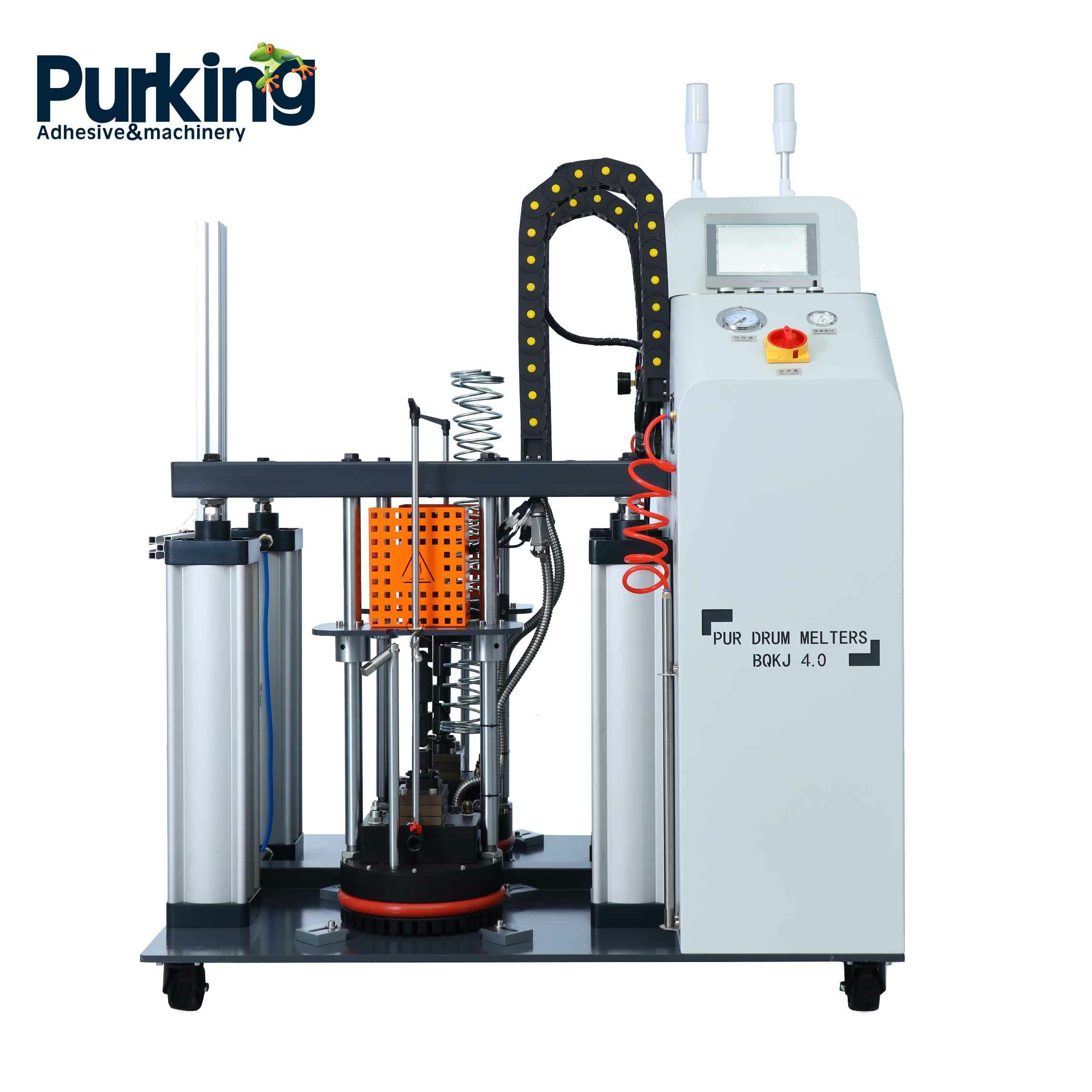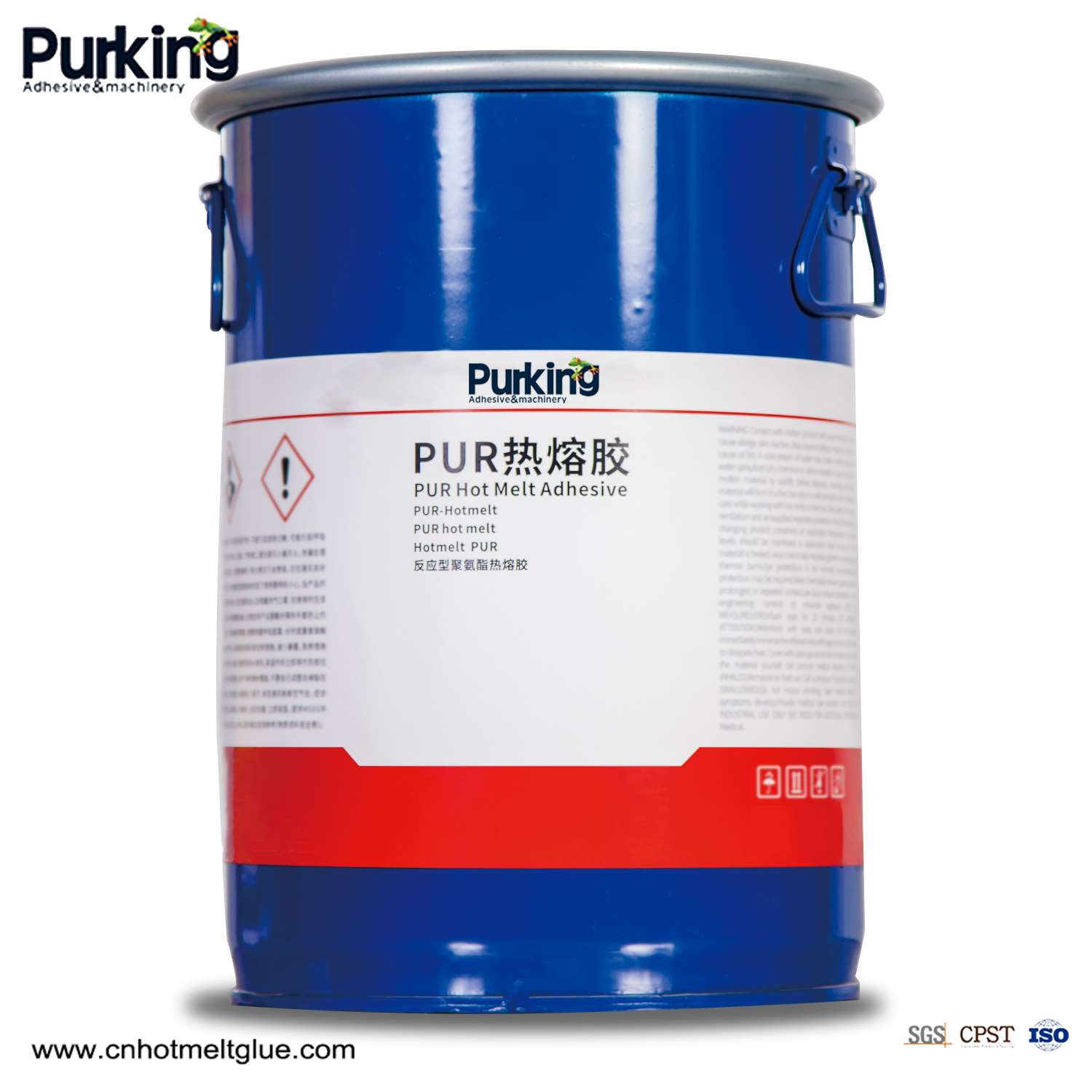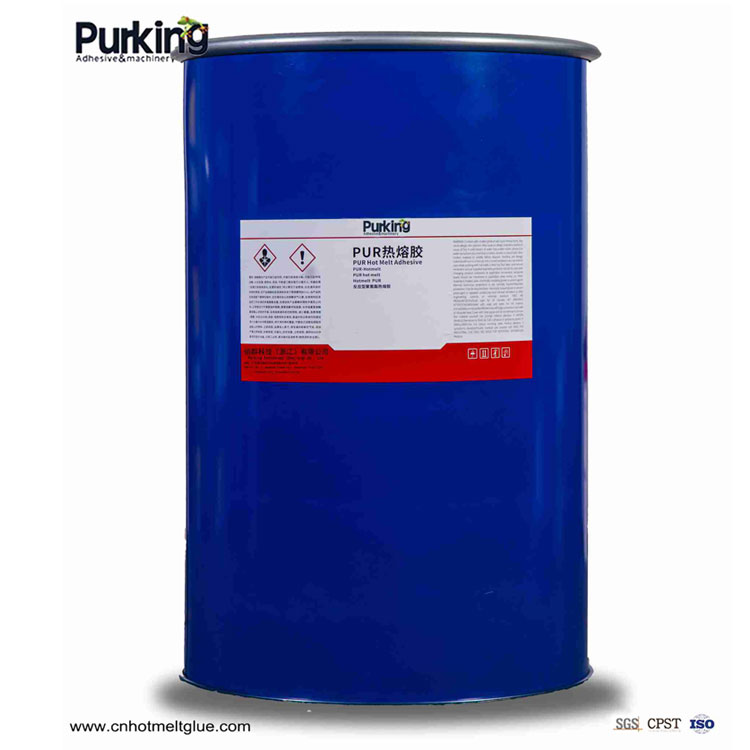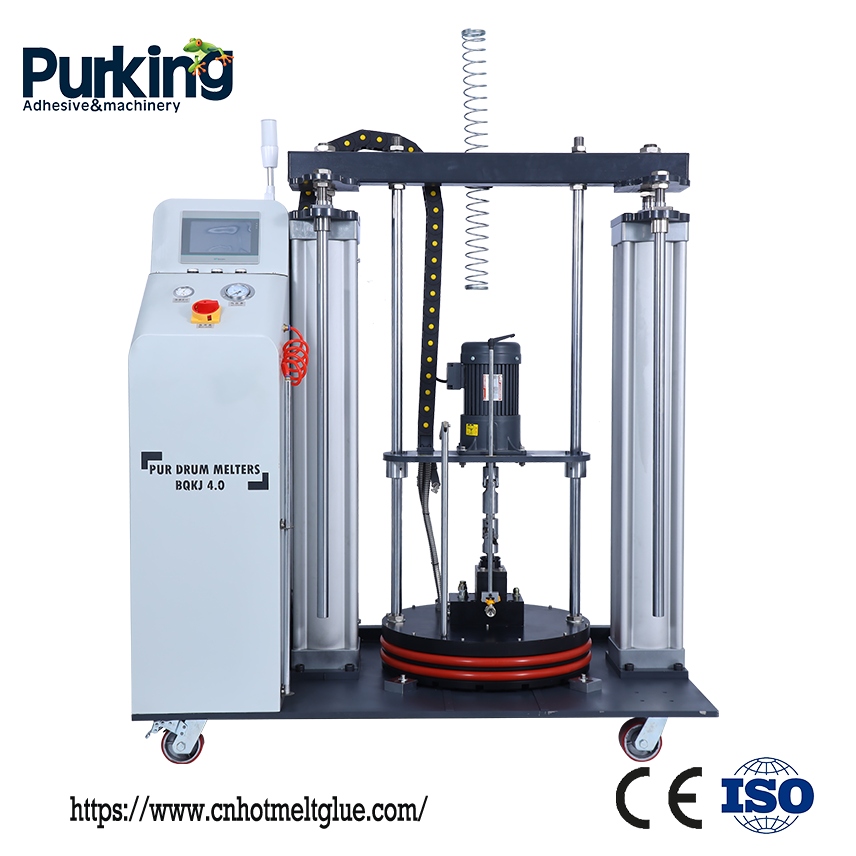With the continuous improvement of the performance of hot melt adhesives and the advancement of application technology, the application scope of hot melt adhesives has been continuously expanded, and more well-known hot melt adhesive brands have been exposed. It is no exaggeration to say that hot melt adhesives in today's society have completely It has replaced the old-fashioned poison glue industry and has become the general mainstream. Hot melt adhesive mainly has the following aspects:
1) Packaging: accounting for 40-45%, it is the largest consumer market for hot melt adhesives, used in cartons, corrugated boxes,
Packaging bags, composite cans, etc.;
2) Non-rigid connection - used for fibers and fabrics; accounting for 3 to 35%, used in clothing, shoes, carpets, non-woven fabrics, book binding, etc.;
Rigid connection: accounting for 15-20%, used in automobiles, construction, transportation, etc.;
Others: 5%.
The above is a bit general, we can specifically summarize its application areas as:
1. Sanitary products: mainly used for women's sanitary napkins, etc.: children's diapers, sick mattresses, elderly incontinence products
2. Packaging: used for automatic carton, carton packaging production, food packaging, flexible packaging, medical packaging, bottle and can labels, etc.;
3. Bookbinding: used for wireless bookbinding, etc.;
4. Furniture: used for woodware, furniture laminating wood edge, PVC, melamine resin, etc. Applicable to all kinds of linear edge banding machines, curved edge banding machines, soft forming edge banding machines, post-forming edge banding machines, etc.:
5. Plywood: used for wood floor production, plywood splicing, etc.;
6. Heat-shrinkable sleeve: used for bonding of heat-shrinkable materials (PE, PP, PVA, PVC) such as plastic heat-shrinkable sleeves for communication cables and oil pipeline sleeves;
7. For glue guns: used for stick-shaped hot melt glue guns to bond various handicrafts, etc.;
8. Shoemaking: leather shoe shaping, toe and toe cap, vamp lining, hemming, stretch planting, insole, shoe material compounding, etc.;
9. Automotive: automotive lights, windshields, automotive filters, automotive ceilings, automotive interior parts, etc. bonding;
10. Textiles: bonding of various types of clothing linings, hot melt transfer printing, carpet adhesives, non-woven fabrics, moisture-permeable waterproof and thermal fabric manufacturing, etc.;
11. For reflective materials: make warning protective clothing, widely used in labor safety protective clothing in transportation, navigation, mining, public security, railway, petroleum and other departments, and even used in shoes, hats, bags, raincoats, skis for the elderly and children on casual clothing such as clothing;
12. Electronics, aerospace, and military industries: solar cell packaging materials; making FPC (flexible printed circuit) substrates (combined with Pl film or PET film and copper foil), hot melt adhesive can also be used in communication equipment, computers, instrumentation industries, Ordnance industry, etc.;
 English
English  Esperanto
Esperanto  Afrikaans
Afrikaans  Català
Català  שפה עברית
שפה עברית  Cymraeg
Cymraeg  Galego
Galego  Latviešu
Latviešu  icelandic
icelandic  ייִדיש
ייִדיש  беларускі
беларускі  Hrvatski
Hrvatski  Kreyòl ayisyen
Kreyòl ayisyen  Shqiptar
Shqiptar  Malti
Malti  lugha ya Kiswahili
lugha ya Kiswahili  አማርኛ
አማርኛ  Bosanski
Bosanski  Frysk
Frysk  ភាសាខ្មែរ
ភាសាខ្មែរ  ქართული
ქართული  ગુજરાતી
ગુજરાતી  Hausa
Hausa  Кыргыз тили
Кыргыз тили  ಕನ್ನಡ
ಕನ್ನಡ  Corsa
Corsa  Kurdî
Kurdî  മലയാളം
മലയാളം  Maori
Maori  Монгол хэл
Монгол хэл  Hmong
Hmong  IsiXhosa
IsiXhosa  Zulu
Zulu  Punjabi
Punjabi  پښتو
پښتو  Chichewa
Chichewa  Samoa
Samoa  Sesotho
Sesotho  සිංහල
සිංහල  Gàidhlig
Gàidhlig  Cebuano
Cebuano  Somali
Somali  Тоҷикӣ
Тоҷикӣ  O'zbek
O'zbek  Hawaiian
Hawaiian  سنڌي
سنڌي  Shinra
Shinra  Հայերեն
Հայերեն  Igbo
Igbo  Lëtzebuergesch
Lëtzebuergesch  Malagasy
Malagasy  Sundanese
Sundanese  Yoruba
Yoruba  Español
Español  Português
Português  русский
русский  Français
Français  日本語
日本語  Deutsch
Deutsch  tiếng Việt
tiếng Việt  Italiano
Italiano  Nederlands
Nederlands  ภาษาไทย
ภาษาไทย  Polski
Polski  한국어
한국어  Svenska
Svenska  magyar
magyar  Malay
Malay  বাংলা ভাষার
বাংলা ভাষার  Dansk
Dansk  Suomi
Suomi  हिन्दी
हिन्दी  Pilipino
Pilipino  Türkçe
Türkçe  Gaeilge
Gaeilge  العربية
العربية  Indonesia
Indonesia  Norsk
Norsk  تمل
تمل  český
český  ελληνικά
ελληνικά  ελληνικά
ελληνικά  український
український  Javanese
Javanese  فارسی
فارسی  தமிழ்
தமிழ்  తెలుగు
తెలుగు  नेपाली
नेपाली  Burmese
Burmese  български
български  ລາວ
ລາວ  Latine
Latine  Қазақша
Қазақша  Euskal
Euskal  Az?rbaycan
Az?rbaycan  Az?rbaycan
Az?rbaycan  Slovensky jazyk
Slovensky jazyk  Македонски
Македонски  Lietuvos
Lietuvos  Eesti Keel
Eesti Keel  Română
Română  Slovenski
Slovenski  मराठी
मराठी  Srpski језик
Srpski језик 